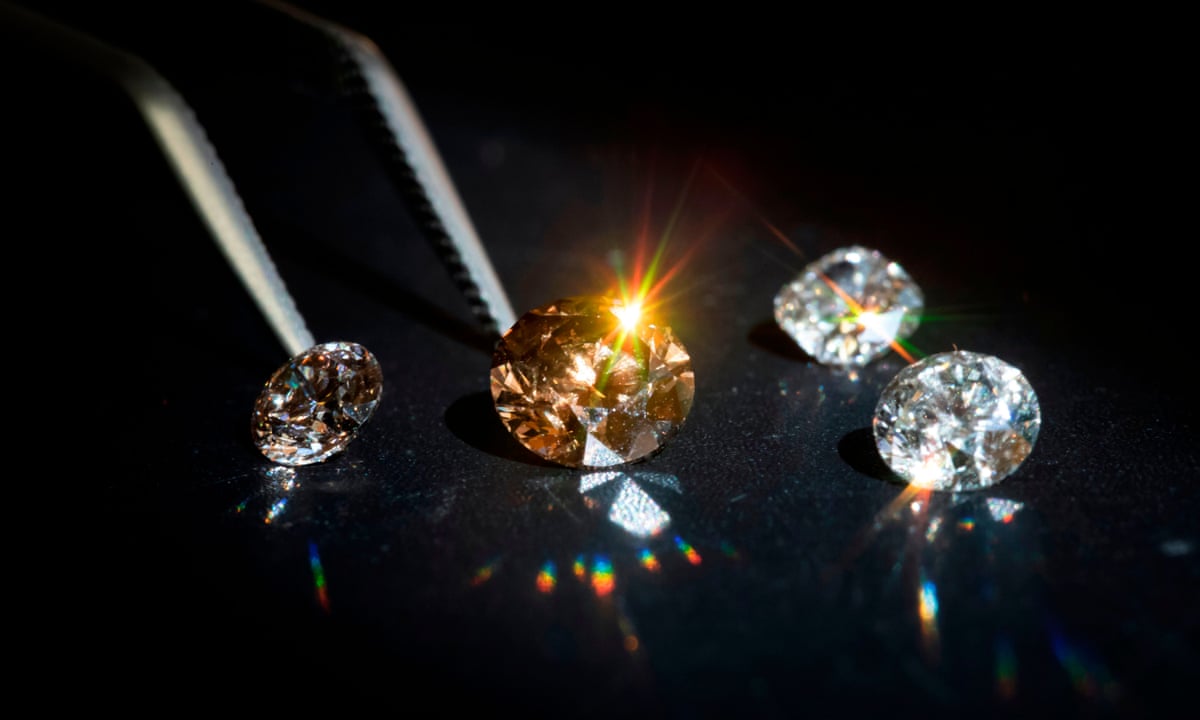Table of Contents
Introduction to Lab-Grown Diamonds
In recent years, lab grown diamonds cvd have emerged as a groundbreaking alternative to mined diamonds. These diamonds are cultivated in controlled environments, simulating the natural conditions under which diamonds form. This innovation offers an ethical and environmentally friendly option for those seeking the brilliance and beauty of traditional diamonds.
Understanding CVD Diamonds
Chemical Vapor Deposition (CVD) represents one of the most advanced methods for producing lab-grown diamonds. The CVD process involves placing a diamond seed in a chamber filled with carbon-rich gases. These gases are then energized to form a plasma, which causes carbon atoms to deposit onto the diamond seed. Over time, this deposition builds up the diamond crystal structure.
The process begins with preparing a diamond seed, which is placed inside a high-pressure, high-temperature chamber. Carbon-rich gases such as methane are introduced into the chamber. These gases are energized into plasma, creating a conducive environment for diamond growth. The carbon atoms from the plasma deposit onto the diamond seed, gradually forming a diamond crystal.
Advantages of CVD Diamonds
CVD diamonds offer several notable advantages over natural and other lab-grown diamonds. Firstly, they are often more affordable due to their controlled production environment. The process allows for the creation of high-quality diamonds at a lower cost compared to mined diamonds. Additionally, CVD diamonds are virtually indistinguishable from natural diamonds, making them an excellent choice for fine jewelry.
Another significant benefit is the ethical and environmental impact. CVD diamonds are produced without the environmental degradation and human rights concerns associated with traditional diamond mining. This makes them an attractive option for conscientious consumers seeking sustainable and ethical alternatives.
Lab-Created Diamonds: A Comprehensive Overview
Lab-created diamonds encompass various methods, including both CVD and High-Pressure High-Temperature (HPHT) techniques. These diamonds are chemically and physically identical to natural diamonds but are created in a laboratory setting.
High-Pressure High-Temperature (HPHT) Diamonds
The HPHT method replicates the extreme pressure and temperature conditions found deep within the Earth’s mantle. By mimicking these conditions, HPHT diamonds are grown using carbon sources, such as graphite, which is subjected to high pressure and temperature to form diamond crystals.
The HPHT process involves placing a carbon source, along with a diamond seed, into a high-pressure press. The press is then subjected to temperatures and pressures that mimic those found in the Earth’s mantle. Under these conditions, the carbon atoms rearrange into the diamond structure, resulting in the formation of a high-quality diamond.
Comparing CVD and HPHT Diamonds
Both CVD and HPHT diamonds offer unique advantages. CVD diamonds are known for their purity and ability to produce large, high-quality stones with fewer inclusions. In contrast, HPHT diamonds can also achieve high purity but may display different characteristics due to the variance in the growth process.
The choice between CVD and HPHT diamonds often comes down to personal preference and the specific attributes desired in the final product. CVD diamonds are frequently favored for their exceptional clarity and affordability, while HPHT diamonds may appeal to those seeking a more traditional diamond formation method.
Applications of Lab-Created Diamonds
Lab-created diamonds have a wide range of applications beyond fine jewelry. They are increasingly used in industrial applications due to their hardness and durability. In sectors such as cutting tools, electronics, and even medical technology, lab-grown diamonds offer a cost-effective and reliable alternative to natural diamonds.
In the realm of fashion and luxury,lab created diamonds are gaining popularity for their ethical and sustainable attributes. They provide consumers with the opportunity to own high-quality diamonds without compromising on environmental or ethical standards.
Conclusion
Lab-grown diamonds represent a significant advancement in the diamond industry, offering an ethical, sustainable, and cost-effective alternative to mined diamonds. With methods such as CVD and HPHT, consumers can enjoy high-quality diamonds that are virtually indistinguishable from their natural counterparts. Whether for fine jewelry or industrial applications, lab-created diamonds provide a compelling choice for the modern consumer.
By understanding the nuances of lab-grown diamonds, including the differences between CVD and HPHT methods, consumers can make informed decisions that align with their values and preferences. As the technology continues to evolve, lab-grown diamonds are poised to play an increasingly prominent role in the future of the diamond industry.

